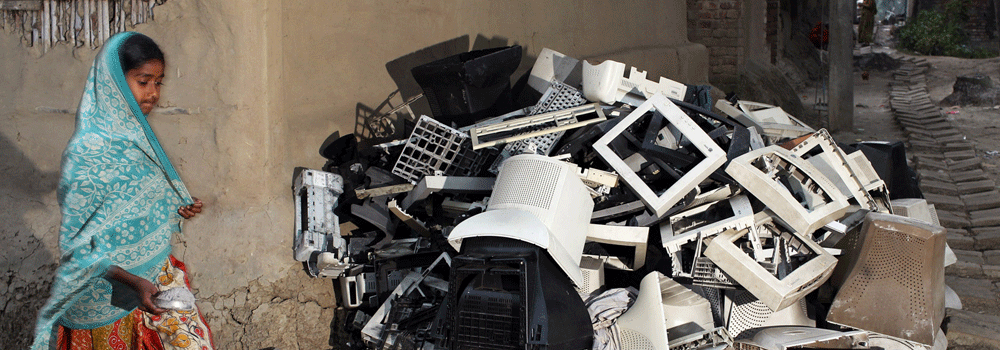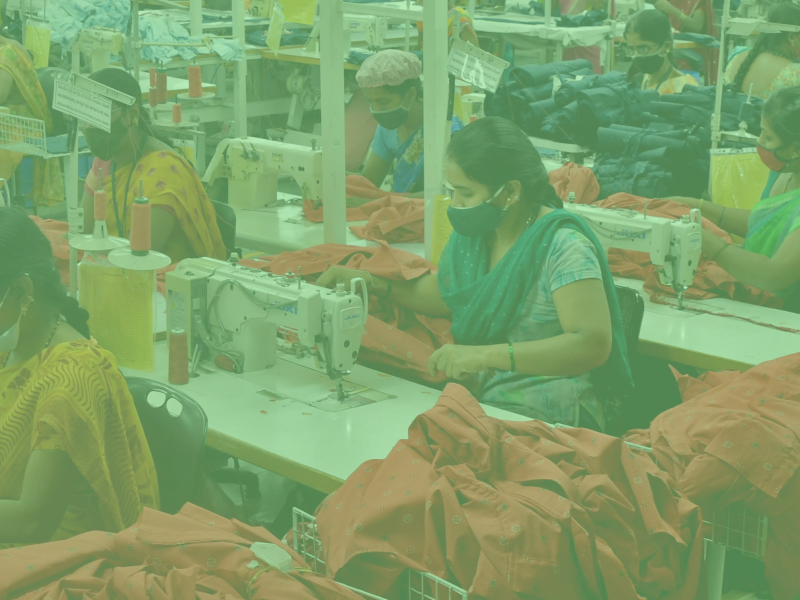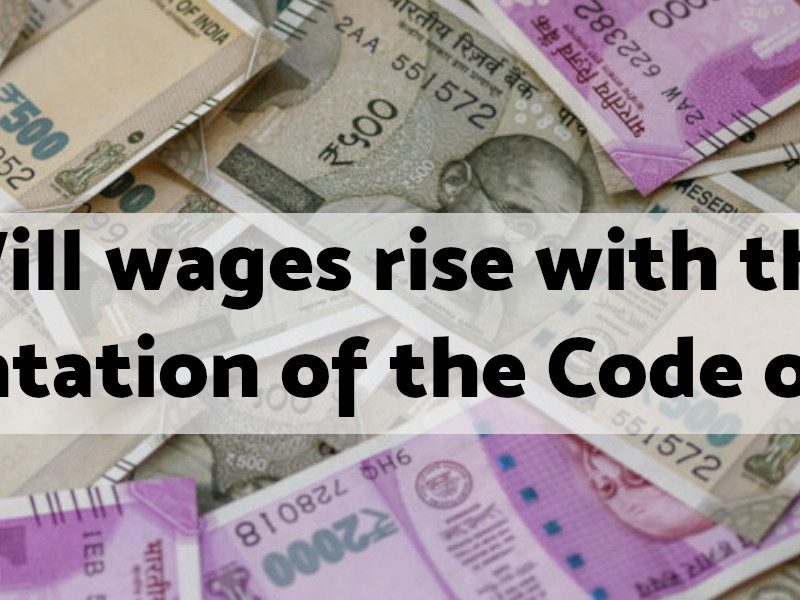When was the last time you ‘upgraded’ to a new mobile phone? A survey by the Associated Chambers of Commerce and Industry of India (ASSOCHAM) reported that about 40% of Indians changed their mobile phones within 2 years. There are more mobile connections on the planet today than there are people. The population of the globe is around 760 crore, the number of active sim card connections is 870 crore belonging to 500 crore unique customers. Amazon, the largest online store sold 6.1 crore electronic items in 2018, of which 39% were mobile phones and its accessories.
On an average 3.5 lakh phones are discarded every day.
Why does the world need so many new devices?
Mobile phone companies like Samsung, Apple, Xiaomi, Nokia, etc., trick us to maximise their profit. A small tweak in the interface, a slight change in the design and/or software and money pumped into advertising are the reasons people are compelled to change their mobile phone. Mobile handset manufacturing companies deliberately slow down the performance of phones to force people to buy new devices. A court in Italy fined Apple and Samsung Rs. 80 crore and Rs. 40 crore respectively, earlier this year for slowing down the performance of their existing devices to hasten the sales of their new products.
Advertising plays an important role in this sale strategy, for instance Apple’s expenditure on advertising increased 50% to Rs.12,600 crore in 2015 when it launched its most sold product – the iPhone6.
The same holds true for television, smart watches, refrigerators, music players, washing machines, dish washers or any other small or big appliance that we use on a daily basis. This consumerism is not limited to just electronics; our clothing, bikes & cars and even our food choices are influenced by advertising.
Remember the ban on noodle brand Maggi? In 2015, the Food Safety and Standards Authority of India (FSSAI) banned Maggi after excessive levels of monosodium glutamate (MSG) and lead were found in it. Maggi spent around Rs.400 crore over the next 10 months to regain the market it lost. An average daily expenditure of Rs. 1.3 crore on advertising and promotions ensured that Maggi made its way back on our plates.

Advertising and promotions are commonly seen at grocery chains like Big Bazaar, Reliance Fresh, Easy Day etc. Their shelves are replete with signs of hefty discounts like 70-80% off and offers such as ‘buy one get, one free’.
These heavy discounts are offered on products either after raising their price or most-likely on products which are close to expiry date. We all fall in this trap once in a while, buying these soon to expire products thinking that we are getting it for cheap. In reality the company has transferred the loss it would have incurred on the unsold expired product on consumers who would often not be able to consume the product before expiry anyway.
Reaching out to the last consumer
These sale tactics make us buy more than we need and often more than what we can afford, here step in the finance companies. Finance companies allow for payment in instalments at ‘affordable’ interest rates to promote this habit of buying things one cannot afford. The instalment scheme caters to our aspiration of owning a product which is fuelled by advertisements. Apple’s iPhoneX was launched at a price of Rs.89,000. Several banks, websites and shops offered “payment in instalments”, buyback and cash back offers on the product. As a result Apple sold 1 lakh pieces within minutes. Most people who bought the product could not afford it.
The profit driven existing economic model is dependent on increase in sales. Companies are therefore constantly exploring ways to sell more and more. Though the number of super-rich people has been growing, their capacity to consume is limited. Therefore, companies have reached out to the vast majority of people who cannot afford these products on their own by offering financial schemes. Even students who have no immediate income or guarantee of a future income are offered special loans to buy laptops and tablets.
This has given rise to financial institutions which act as intermediaries between the consumer and the brand and make profits by charging a high interest on the ‘easy loans’ they provide. This is a win-win situation for the brands – they get to sell more products without having to cut down on their prices. They collaborate with financial institutions offering monthly instalment plans to make their products more accessible to consumers who cannot afford them and increase their profits.
 If you buy a computer it comes pre-loaded with Microsoft Windows. An ordinary consumer does not even know of options of other operating systems, or their availability. The operating system is sold paired with the new computer. This pairing of products and services is what is known as bundling. Automobile companies offer us servicing and repairs at their designated service centres and provide insurance from select few insurance providers who they have a deal with. This is a bundling of services. For instance a Bajaj Pulsar Bike is available with ‘easy-instalments’ from Bajaj Finserf, a finance company run by Bajaj and insurance may be provided by Bajaj Allianz, an insurance company again owned and run by Bajaj. The same product could have been bought without bundling as well for instance, the instalment could have been arranged by State Bank of India and the insurance could have been bought from National Assurance Company as well, but Bajaj promotes its own services as bundle and makes the process look seamless. Customers fall for this ‘ease of access’ and single-window clearance options. Bajaj not just sells its bike, it sells its servicing contract and its insurance policy; consequently selling 3 products in the name of one.
If you buy a computer it comes pre-loaded with Microsoft Windows. An ordinary consumer does not even know of options of other operating systems, or their availability. The operating system is sold paired with the new computer. This pairing of products and services is what is known as bundling. Automobile companies offer us servicing and repairs at their designated service centres and provide insurance from select few insurance providers who they have a deal with. This is a bundling of services. For instance a Bajaj Pulsar Bike is available with ‘easy-instalments’ from Bajaj Finserf, a finance company run by Bajaj and insurance may be provided by Bajaj Allianz, an insurance company again owned and run by Bajaj. The same product could have been bought without bundling as well for instance, the instalment could have been arranged by State Bank of India and the insurance could have been bought from National Assurance Company as well, but Bajaj promotes its own services as bundle and makes the process look seamless. Customers fall for this ‘ease of access’ and single-window clearance options. Bajaj not just sells its bike, it sells its servicing contract and its insurance policy; consequently selling 3 products in the name of one.
In reality companies place restrictive clauses in these bundles. Stepping out of the bundled service often means that the warranty or related services with the products are void. For example, if you open your smart phone and change its battery, you might lose on warranty on the entire device. Similarly, warranty and any after sale support is void if you change the operating system of your computer from the pre-loaded Windows.
This is yet another method used by companies to ensure they sell more services and products to maximise their profits.
Once the product is bundled there remains very limited choice with the consumer to opt out and explore another competing product which may be cheaper or which could perform better. Consumers no longer exercise an absolute right over the use of the product they purchase. To ensure that consumers stick to the bundled devices, companies invest heavily in big data. Usage patterns are monitored and products are offered based on the preference shown by consumers.
Recent changes in the technology which has given birth to ‘smart devices’ has worsened the existing situation. Smart devices have a relatively lower life cycle. Remember your bulky metallic refrigerator or the tube television from the 80s, those devices lasted close to two decades. The average life cycle of even those products which are labelled as ‘consumer durables’ has fallen to 5 years. The onrush of smart devices has only meant that people discard products which have not even reached the end of their use cycle for newer product as smart products rely on other smart products to deliver their optimum performance.
One product ‘upgrade’ is often followed by addition of more accessories e.g., phone purchase is often followed by a selfie stick or memory card. Furthermore, companies have increasingly made us dependent on peripherals and have stopped shipping them with the device. These methods used by companies to trigger sales and maximise profits ultimately leads to additional waste being added to the world within a few years.
What happens to the discarded devices?
These discarded devices reach the graveyard contributing to the 44.7 million metric tonnes of e-waste that was generated in 2016 alone. This e-waste if stacked up would be 18,450 times the size of Qutub Minar. Discarded devices are dumped in Asian and African middle and low-income countries which lack the legislation for safe guarding the environment. Most of the e-waste is dumped by rich countries in Europe and USA which produce the highest per-capita e-waste and have stringent regulation for dumping as well as recycling of e-waste.
According to a report of the Global E-Waste Monitor only 20% of e-waste is refurbished and/or recycled for use. The remaining 80% is either dumped in landfills or dismantled to extract reusable material like gold and other precious metals. Due to lack of legislation, prevalence of poverty in middle and low income countries and profiteering motives this dismantling process often employs child labour on a large scale in the poorer countries and remains hazardous in absence of any scientific methods to ensure that exposure to hazards is contained. Countries in the global south bear the brunt of an economy which promotes a use and throw culture in countries of the global north as well as among the rich in their own countries.
In the name of dealing with this problem, companies have created the idea of the ‘ethical consumers’. Ethical consumers are lauded as people who buy organic food, avoid plastic products and promote reuse. Again with their advertising campaigns, companies have created an aspiration for these ‘ethical choices’ and turned the concept of ethical consumption into a commodity in itself.
Organic food is costlier than the normal packaged food and thus, out of the reach of most common people. Similarly, alternative to plastic bags is also more expensive.
Who is to blame? Companies or consumers?
Companies act driven by profits and completely ignore the adverse impact of these practices on the environment, the planet and its inhabitants. Companies need to be held accountable for their actions which have serious negative impacts on our environment. They spend huge amounts of money on advertising campaigns to fire up an inspiration among people to own things they cannot afford and in most cases they don’t even need. To have a constant desire to buy, own and use new products and services is the need of the market and companies fuel this desire. The ‘ethical consumption’ of a few rich people is not the answer to the gigantic waste problem capitalism has created and promotes in the form of use and throw culture. Only changing this ‘wasteful’ behaviour would do that.
We often get trapped in this web created by an economic logic that is governed by the market which pushes us to believe that we have to consume more and produce more to keep the system running. Workers and their unions are pushed to believe that they can only win higher wages and better condition of work if they produce more and more. This creates a divide between people who ask for preservation of the planet and thoughtful consumption and those who wish to promote production as it would ensure a better life for the working people. This divide only benefits the profit making companies. They pitch people against their own benefits.



